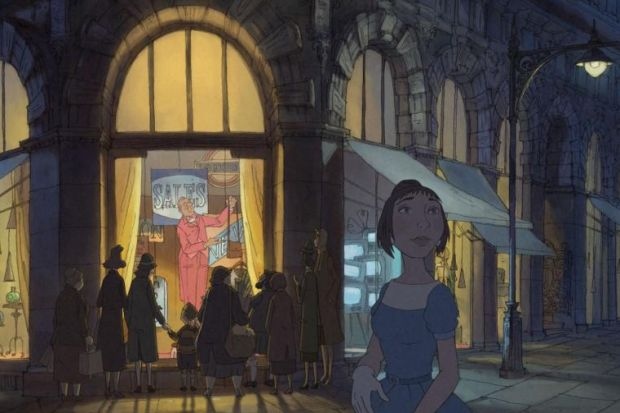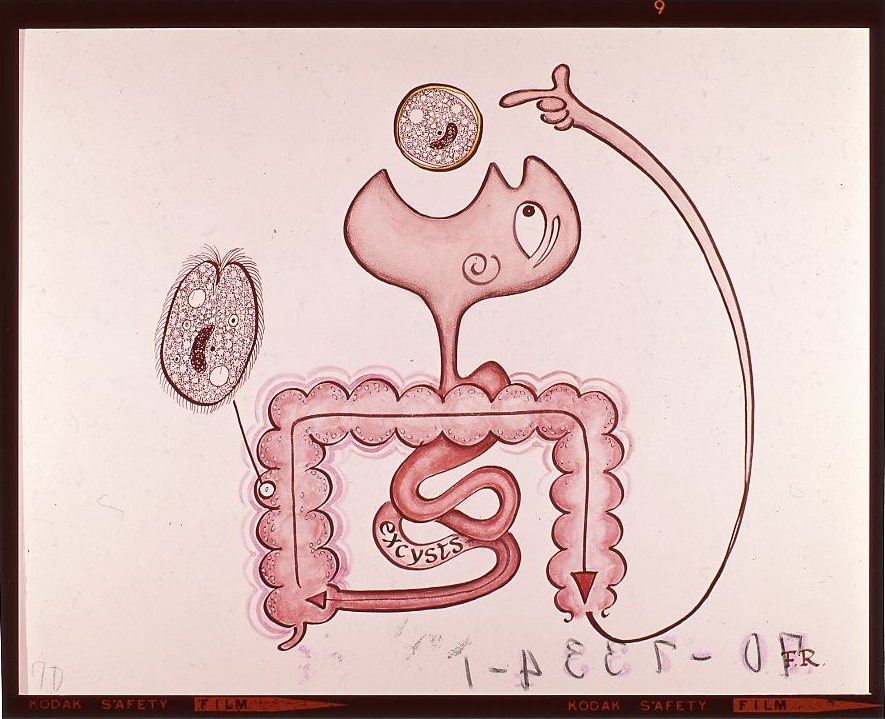Links and write-ups about beautiful things from around the web!
-
Kottke Linked to This Time Stitch Stretch Video
Kottke linked to this time-stitch-stretch video, which is kind of fun to watch. Reminds me of the 1990’s video morphing work done using Elastic Reality, especially Michel Gondry’s video for Björk’s “Joga” (which I think was done with ER…anyone know?)
-
Google Wave Was Built to Show Younger People How
Google Wave was built to show younger people how older people feel when they try to use the Internet. (@shiflett, via Swiss Miss)
-
Rumor That Mysterious Bird of the Spirit Was the
Rumor, that mysterious bird of the spirit, was the first radio that Homosapiens invented.
—Nam June Paik. “High Tech/High Art in the Oriental Tradition.” Center for Advanced Visual Studies, M.I.T. 1987. Translated from German by Katherine Scott, 1986.
(Via Eye Level)
-
Mechner and Chahi on Inspiration
From a recent interview with legendary game designers Jordan Mechner (the original Prince of Persia) and Eric Chahi (Another World) on being an auteur in the modern game development environment. Jordan Mechner’s advice to the young designer:
A good friend in another field gave me this piece of advice recently. He said that most people approach things “1-2-3.”
One is the first inspiration, the vision, the excitement. One is gold. One is touched with magic; everyone wants a piece of it.
Two is all the reasons it won’t work, or won’t sell, or could get screwed up; all the difficulties – technical, financial, logistical – that need to be solved.
Three is doing it.
Most people get stuck on two. My friend’s advice was to go in a different order: “1-3-2”. Skip two and go straight to three. I’d never heard it phrased quite this way before, but looking back, the things I’ve done in my life that I’m most glad of, I did them 1-3-2. So that’s my advice too.
-
BBC Winter Olympics animation by Studio AKA
[Video no longer available]
A very nice animated spot for the BBC coverage of the Winter Olympics directed by Studio AKA’s Marc Craste, co-directed by Jon Klassen (aka Burst of Beaden, where you can read more about the video). I wish our tv spots looked more like this.
-
Sylvain Chomet‘s The Illusionist

The Illusionist, Sylvain Chomet’s first new animated film since The Triplets of Belleville (not counting the ill-fated Tales of Despereaux production) will finally be released soon, at least on the festival circuit. Hope it comes out in a wider release before too long!
(Via The Ghibli Blog)
-
Animascope Automated Animation Process
A circa-1966 industry ad for Leon Maurer’s Animascope process for producing animation on the cheap: animation without drawing and with fewer pesky artists! Similar to but different than rotoscoping, this process used high-contrast photography and actors in contrasty costumes with their skin painted white and contour lines painted on. The performers would then be filmed dancing around under bright light on a black-lined stage, and the resulting photography could be composited onto traditional background plates. Weird, but sort of a primitive version of mocap, and done for the same economical reasons.
(Via Cartoon Brew – for more info on the process, a good place to start might be this comment left by Brew reader Kustom Kool)
-
A Stylistically Interesting Medical Drawing from the Otis Archives

A stylistically interesting medical drawing from the excellent Otis Historical Archives of the Walter Reed hospital: “Drawing. Life cycle of Balantidiasis”, part of a small set of other cartoons available on their Flickr stream. Gotta watch out for those protozoa.
-
Finally the One Thing the Four Contending Films
Finally, the one thing the four contending films listed above [Alvin and the Chipmunks: The Squeakquel, Disney’s A Christmas Carol, Monsters vs. Aliens, and Up have in common is they all employ CGI, just like Avatar and many, many other films we could open this discussion to. I bring this up because it has pretty much been agreed upon around the Internet Avatar will be taking home the Oscar for Best Visual Effects, which creates an interesting conundrum. Why is the CG in Avatar considered visual effects while the CG employed for a Pixar or DreamWorks film simply considered animation? If Avatar is up for Oscar’s Best Visual Effects award shouldn’t Up and Monsters vs. Aliens be as well? The fact they aren’t, but A Christmas Carol is, interests me. From a post by Brad Brevet on Rope of SIlicon on the graying divide between animation and visual effects, and the Academy Awards’ “animation ghetto”. Arbitrary definitions aside (the Oscar qualifications stipulate that a film must be “75% animated” to run in the animated feature category), it’s interesting to see folks try to distinguish between a “film” and a “cartoon” – is it the attempt at naturalism? The motive of the director (and subsequently how he himself submitted it for review)? The application of a specific technique like performance capture that makes CGI act more like makeup or costume?
-
It Is the Thought and Circumstances Behind the
It is the thought and circumstances behind the action that will make the action interesting.
Advice from Ollie Johnston, one of Disney’s “Nine Old Men”. Excerpted from a longer list of more animation-specific advice, I think this one stands nicely on its own.
(Via Drawn)
